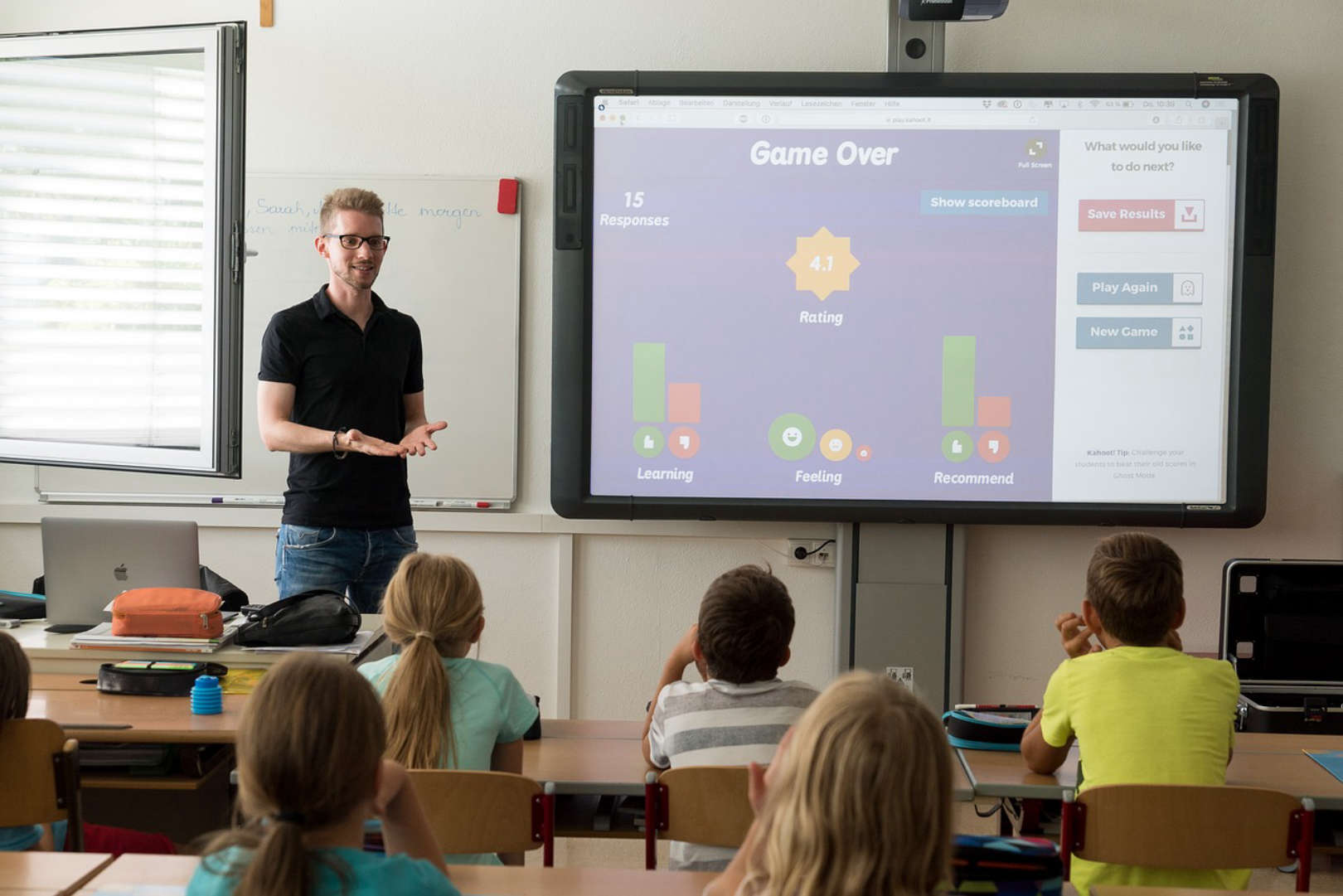Sobre
Licenciado em Engenharia de Sistemas e Informática pela Universidade do Minho em 1998. Desenvolveu o seu doutoramento na área de reconstrução 3D baseada em imagens no contexto dos laboratórios de investigação PHilips Research Labs (Eindhoven, Holanda) e a Universidade do Minho, tendo concluído em 2006.
Trabalhou na indústria na área dos sistemas interativos, até 2009, altura em que inciou atividade na FEUP, no Departamento de Engenharia Informática, primeiro como professor auxiliar convidado, e posteriormente como professor auxiliar. Desde essa altura desenvolve atividades de ensino e investigação nas áreas de computação gráfica, interação pessoa-computador e desenho e desenvolvimento de jogos digitais.
É colaborador do INESC TEC desde 2011. Atualmente é também o diretor do Mestrado em Multimédia da Universidade do Porto, e responsável pelo laboratório Graphics, Interaction and Gaming (GIG) do DEI/FEUP.


